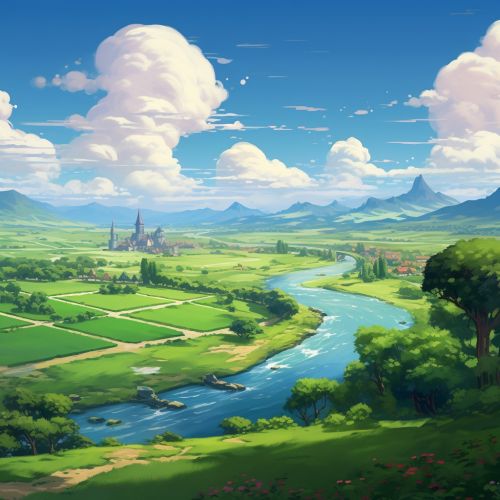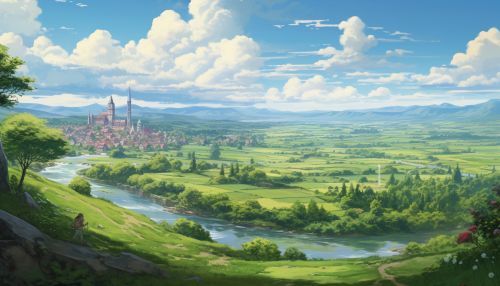Garonne
Geography
The Garonne is a major river in southwest Europe, originating in the Pyrenees mountains and flowing north and west across southern France to meet the Atlantic Ocean. The river is 602 kilometers long, making it the sixth-longest river in France. It is formed by the confluence of the Garonne Superior and the Garonne Inferior in the Spanish Pyrenees. The river then flows through the rich agricultural lands of the Aquitaine Basin before merging with the Dordogne River to form the Gironde estuary, the largest estuary in Western Europe.


Hydrology
The Garonne's flow is characterized by a high seasonal variability, with the highest flows occurring in the spring due to the melting of snow in the Pyrenees. The river's flow is also influenced by the Atlantic climate of the Aquitaine Basin, which results in high rainfall in the winter and autumn. The Garonne has a mean annual discharge of 650 cubic meters per second, but this can vary greatly. For instance, during the severe drought of 1989, the flow rate dropped to just 10 cubic meters per second.
Flora and Fauna
The Garonne River and its tributaries support a diverse range of flora and fauna. The river's upper reaches in the Pyrenees are home to species such as the Pyrenean desman and the brown trout, while the lower reaches and the Gironde estuary support a variety of bird species, including the common shelduck and the Eurasian curlew. The river's banks are lined with a variety of vegetation, including willow, alder, and poplar trees, as well as reed beds and marshland in the estuary region.
Human Interaction
The Garonne River has played a significant role in human history and development in the region. The river has been a major transportation route since ancient times, and many important cities, including Toulouse and Bordeaux, have developed along its banks. The river is also a major source of water for irrigation and drinking, and its waters have been harnessed for hydroelectric power. However, human activities have also had negative impacts on the river, including pollution and habitat destruction.
